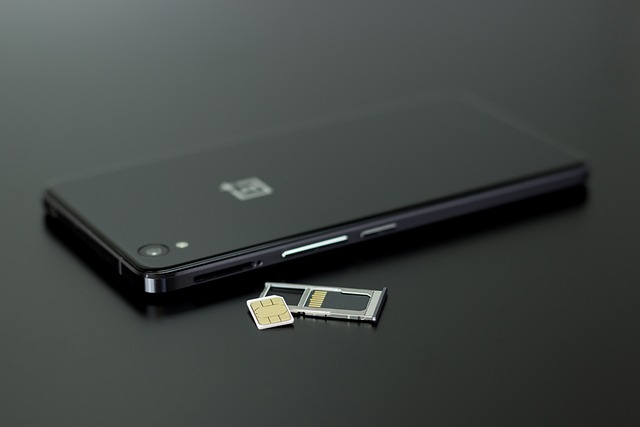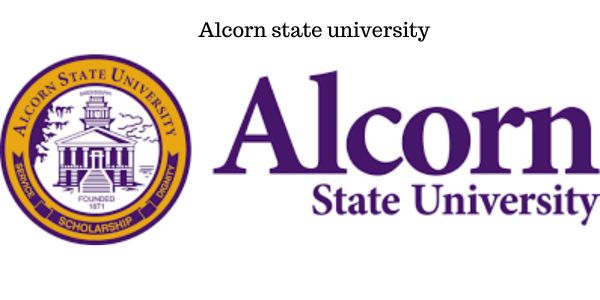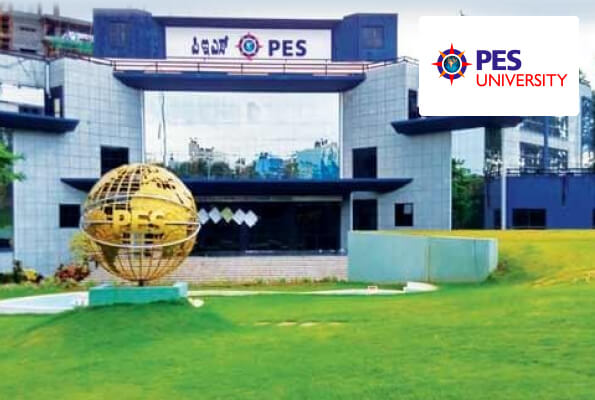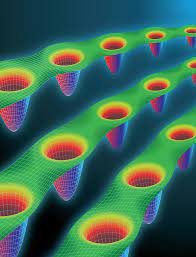Table of Contents
The Introduction to Remote Procedure Call (RPC):
Remote Procedure Call (RPC) is a mechanism that enables programs on a network to communicate with each other. It is a way for a program to make a procedure call on another computer, possibly on a different network, without knowing the network details.
RPC is based on the client-server model, where a client program requests a remote server program. The server program performs the requested operation and returns the results to the client.
RPC is used to access services on remote computers, such as databases, file systems, and printers. It is also used to access applications on a local computer, such as word processors, web browsers, and email clients.
RPC provides a mechanism for applications to communicate with each other in a distributed computing environment. It is a way for applications to make procedure calls on other applications, possibly on different computers, and to receive the results.
RPC is a simple and powerful way to access services and applications on remote computers. It is fast and efficient and provides a secure way to access remote services and applications.
RPC is used in many applications and services, including distributed file systems, databases, printing, remote access tools, object systems, and web services.

The Benefits of RPC:
A remote Procedure Call (RPC) is a protocol that provides a way for a program to request a service from a program located in another computer on a network without understanding the network’s details.
RPC allows programs to make requests and receive replies from programs located on a remote system as if the program were running on the local system. The Benefits of RPC include the following:
1. Improved Performance: RPC can reduce the data transmitted between two systems, making it possible to get the same result with less data. This can lead to improved performance of the system as a whole.
2. Easy to Use: RPC is an easy-to-use protocol that does not require much technical knowledge. This makes it suitable for applications that require remote access to data or services.
3. Cost Savings: RPC can reduce the cost of networking and communication by reducing the amount of data transmitted.
4. Increased Security: By making sure that requests and replies go through the same path, RPC can help ensure that data is secure.
5. Simplified Development: RPC provides a standard way to make requests and receive replies, making it easier to develop applications that require remote access.
6. Flexibility: RPC allows for the dynamic addition and removal of services, making it possible to adjust the services available on a network easily.
7. Scalability: By using a standard protocol, RPC makes it possible to scale applications to meet the needs of a large user base.
Overall, RPC provides several benefits for applications that require remote access to data or services. It can reduce the amount of data transmitted, provide increased security, and make it easier to develop applications that require remote access.
RPC can also help reduce costs, provide flexibility, and make it possible to scale applications to meet the needs of a large user base.
The Types of RPC:
Remote Procedure Call (RPC) is a communication protocol that enables a client program to request a service from a server program in a distributed system.
The server program may reside on a different computer system than the client program, thus allowing clients to leverage the resources of multiple interconnected computer systems.
RPC is used for inter-process communication or networking between different operating systems. There are four main types of RPC:
1. Stateless RPC: This type of RPC does not maintain a record of the client’s state between procedure calls. It is relatively simple to implement and requires no additional overhead for maintaining the client state.
Stateless RPC is often used for simple requests that do not require any additional information from the client.
2. Stateful RPC: This type of RPC does maintain a record of the client’s state between procedure calls. This allows the server to provide customized responses based on the client’s state.
For example, the server can return different responses depending on the client’s authentication state. Stateful RPC is more complex to implement than stateless RPC but provides much more flexibility.
3. Asynchronous RPC: This type of RPC allows the client to initiate a procedure call and then continue with other tasks while the server processes the request.
The client is notified when the server has finished processing the request. Asynchronous RPC is useful for tasks that take an extended period to complete, as it allows the client to continue with other tasks while the server processes the request.
4. Synchronous RPC: This type of RPC requires the client to wait for the server to finish processing the request before continuing with other tasks. Synchronous RPC is useful for tasks that require a quick response, as it ensures that the client will receive a response promptly.
However, it can be inefficient when processing complex tasks, as the client cannot continue with other tasks until the server has finished processing the request.
The Working of the RPC:
Remote Procedure Call (RPC) is a protocol that enables a computer program to request a service from another computer program in a network without understanding the underlying network details.
It is used in distributed computing to allow a client program to call a function on a remote server. This is accomplished by using a client-server model. In the client-server model, the client sends a request to the server to execute a specific procedure or function.
The server then performs the procedure and returns the result to the client. The client and server exchange messages in a predefined format. This communication is based on a request-response model.
The RPC protocol uses a communication language such as JSON-RPC or XML-RPC to define the messages exchanged between the client and server. The client sends a request message to the server with the parameters of the function that it wants to be executed.
The server then processes the request and returns a response message with the result. RPC is used in many applications, such as web services and distributed computing.
It is a preferred method of communication between different programs or components as it is a simple, efficient, and reliable way to send and receive data. In distributed computing, RPC allows a client program to call a function on a remote server.
This allows distributed applications to be developed and deployed much more efficiently. RPC is also used to call functions on remote computers or systems. This can be accomplished by connecting two computers on the same network or over the internet.
This type of connection is known as a remote procedure call. The two computers can then exchange messages in a predefined format. This allows the client to call a function on the remote system and the remote system to return the result.
The Components of the RPC:
A remote Procedure Call (RPC) is a protocol to facilitate communication between two or more computers. It allows a computer program running on one computer to invoke a procedure or service on another computer without the user having to know the details of the remote system.
RPCs are an inter-process communication (IPC) mechanism that allows processes running on different systems to communicate.
The components of the RPC are as follows:
1. Client: The client is the computer that initiates the RPC request. It is responsible for constructing the request and sending it to the server.
2. Server: The server is the computer that receives the request from the client. It is responsible for processing the request, performing the requested action, and sending back a response to the client.
3. Protocol: The protocol defines the format of the request and response messages and the sequence of steps that must be followed for successful communication. Popular protocols used for RPCs include XML-RPC and JSON-RPC.
4. Stub: The stub is a piece of code that runs on the client side and is responsible for requesting the server. It takes the parameters specified by the client and packages them into a request message sent to the server.
5. Skeleton: The skeleton is a piece of code that runs on the server side and is responsible for unpacking the request message and calling the appropriate procedure or service on the server. It also packages the response from the server into a response message and sends it back to the client.
6. Interface Definition Language (IDL): The IDL defines the procedures and services the client can invoke.
It defines the parameters the client must specify when making the request and the format of the response message that will be sent back to the client.
The Advantages of Remote Procedure Calls (RPC):
1. Automated Communication:
RPCs provide a way for computer systems to communicate and exchange information without requiring manual intervention. This means that processes can be automated and tasks can be completed faster and more efficiently.
2. Platform Independent:
RPCs are platform-independent, meaning they can be used to communicate between different systems, whether running on the same platform or a different one. This makes them particularly useful for distributed computing applications.
3. Reduced Network Traffic:
RPCs use a much smaller amount of network bandwidth than traditional approaches. This helps to reduce network congestion, as fewer bytes are sent across the network.
4. Simplicity:
RPCs are extremely simple and easy to use. This makes them ideal for applications that require frequent data exchange between processes.
5. Increased Security:
RPCs provide a secure way for processes to communicate. All requests are encrypted and authenticated, making it difficult for malicious third parties to intercept and modify data.
Disadvantages of Remote Procedure Calls (RPC):
1. Overhead:
RPCs can be computationally expensive. Every request requires additional steps to be processed, resulting in higher CPU usage and slower performance.
2. Network Dependency:
RPCs rely on a reliable network connection to function. If the network is unreliable or unavailable, RPCs will not be able to send or receive data.
3. Poor Error Handling:
RPCs are not designed to handle errors gracefully. The entire request will fail if an error occurs, and no data will be sent or received.
4. Vulnerability to Attacks:
RPCs can be vulnerable to denial of service attacks. If an attacker can flood the network with requests, it can cause the system to crash or become unresponsive.
5. Lack of Interoperability:
RPCs are not interoperable with other protocols. This means it is impossible to use a single RPC protocol to communicate with multiple systems.
The applications of RPC in Networking:
A remote Procedure Call (RPC) is a protocol used to request a service from a program located in another computer in a network. It is used in distributed computing and applications to allow client machines to send requests to a server and receive responses from the server.
The RPC protocol can be used for various applications, including distributed database access, distributed file sharing, distributed software development, distributed gaming, distributed printing, distributed audio/video streaming, distributed web services, and many more.
One of the most common applications of RPC is distributed database access. With RPC, clients can access databases that are located on other computers in the network.
This allows for much faster, more efficient, and more reliable access to the data. Another common application of RPC is distributed file sharing. This allows computers on the network to share files, making it easier to collaborate on projects and share resources.
This is especially useful in organizations with multiple locations and users, as they can access the same files without having to bring them with them physically.
Distributed software development is another application of RPC. This allows developers to collaborate on software projects over the network, making it easier to share code and work together on the same project.
RPC is also used for distributed gaming. This allows gamers to play against each other over the network, making it more enjoyable and allowing for a better gaming experience.
Finally, RPC is also used for distributed printing. This allows networked printers to be shared between multiple users, saving time and money by eliminating the need to purchase multiple printers.
RPC is a powerful protocol that can be used for a variety of applications in networking. It allows clients to access resources on other computers in the network, making it easier to collaborate and share resources.
The Conclusion:
The conclusion for the Remote Procedure Call (RPC) is that it is a powerful and efficient way to allow multiple computers to communicate and share data.
RPCs allow applications to interact with remote resources transparently and are an important part of distributed computing. RPCs are used in a wide variety of applications, including distributed databases, distributed file systems, distributed multimedia applications, and distributed object systems.
They also provide secure and reliable communication between two systems, allowing for the sharing of data and resources. RPCs are an important part of distributed systems architecture and can be used to improve scalability and reliability.
Also, read Google bard AI
































Comment on “Remote procedure call [RPC]”
Comments are closed.